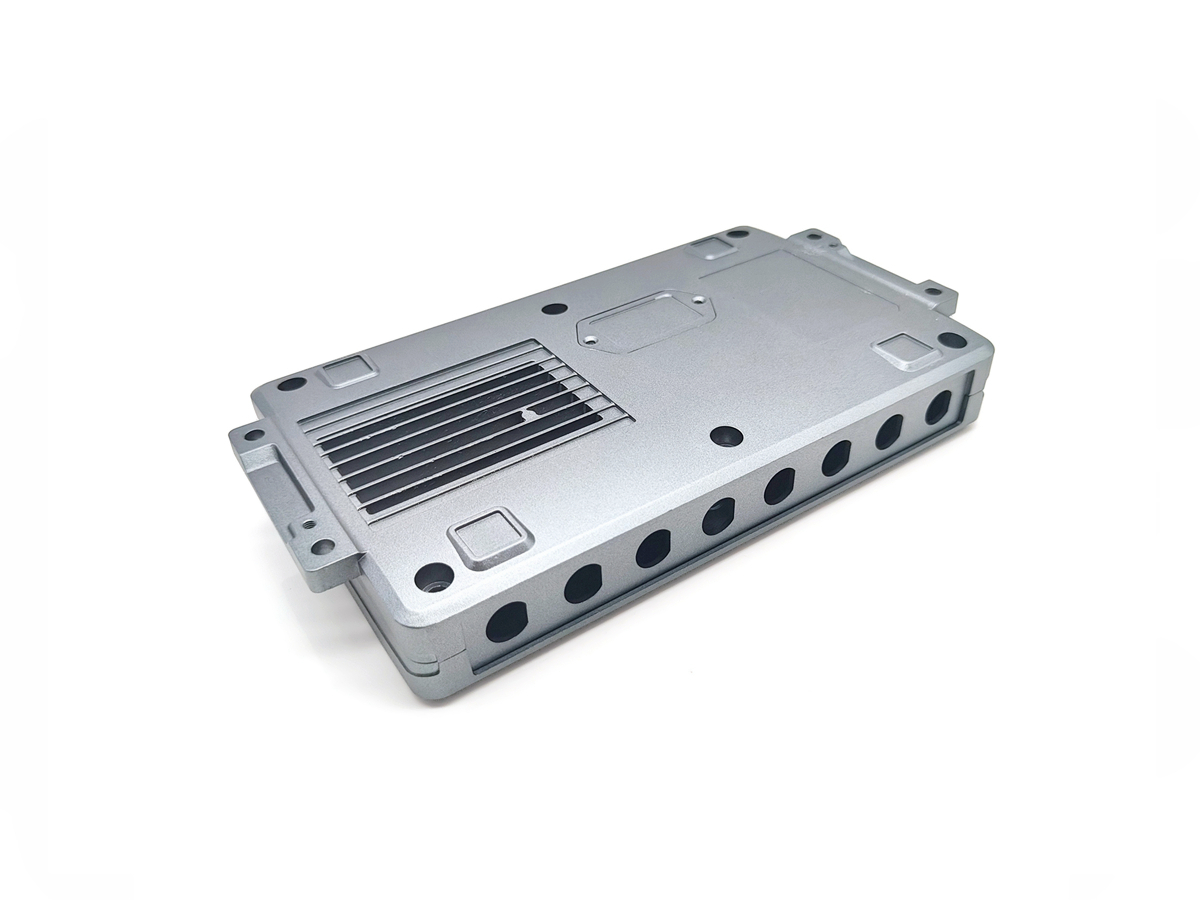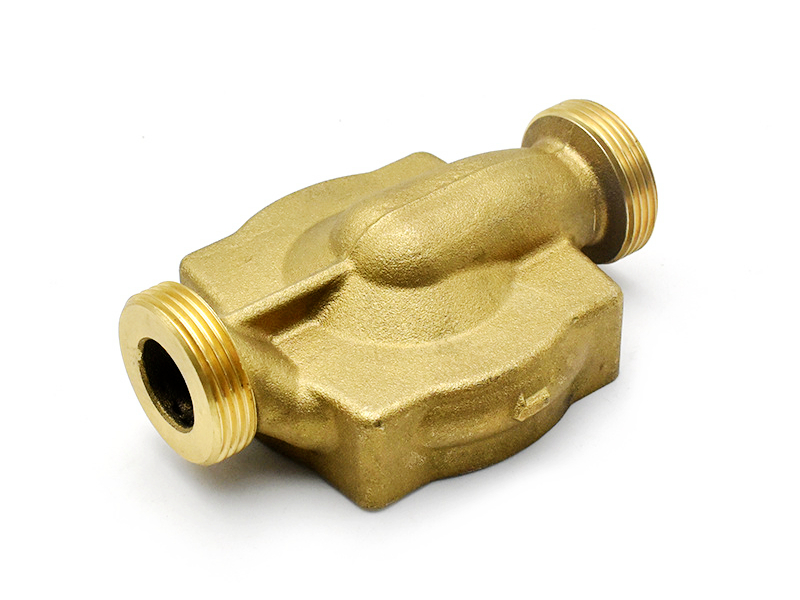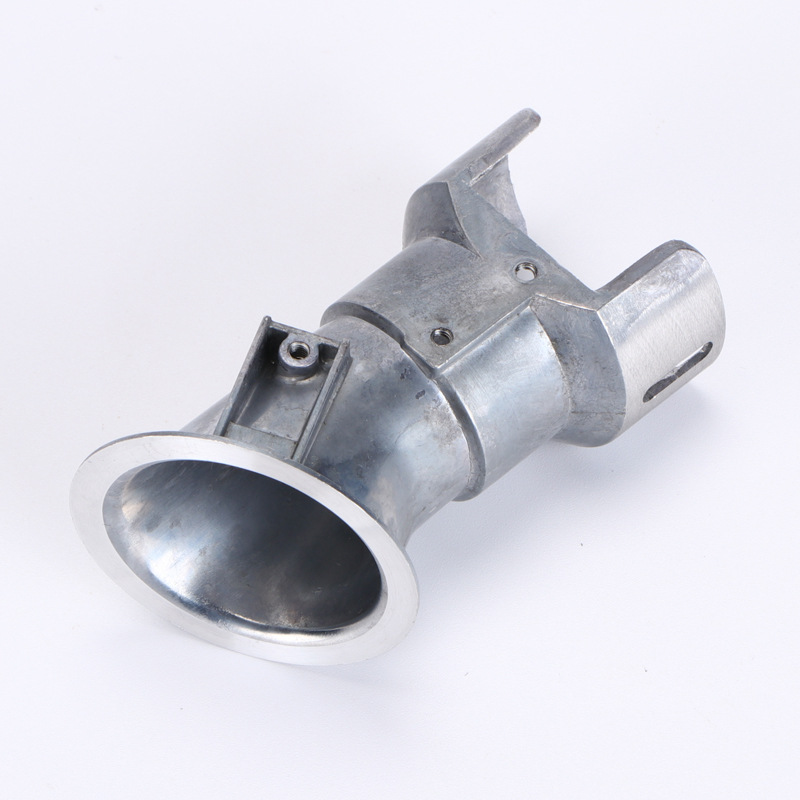Brass 380
Introduction to Brass 380
Brass 380, also known as Zinc-Aluminum Brass, is a high-performance copper-zinc alloy widely used in die casting for its excellent casting properties, high strength, and durability. Brass 380 primarily comprises copper, zinc, and a small percentage of aluminum, contributing to its superior strength, corrosion resistance, and high casting fluidity. It is commonly used in applications requiring high mechanical strength and excellent resistance to corrosion, including automotive, electrical, and industrial applications.
At Neway Die Casting, Brass 380 is used in die casting applications that demand high strength, dimensional stability, and corrosion resistance, making it an ideal choice for parts exposed to mechanical stress and harsh environments.
Brass 380 Chemical Composition (Typical)
Element | Weight % | Function |
|---|---|---|
Copper (Cu) | 60–63 | Base material, provides strength and corrosion resistance |
Zinc (Zn) | 35–40 | Enhances casting fluidity and contributes to strength |
Aluminum (Al) | 1.0–3.0 | Increases strength, hardness, and wear resistance |
Iron (Fe) | ≤ 0.5 | Improves hardness and wear resistance |
Other (Pb, Mn) | Trace | Controls impurity levels and improves machinability |
Adding aluminum in Brass 380 helps balance strength and ductility, while zinc enhances the casting process and improves corrosion resistance.
Physical Properties of Brass 380
Property | Value & Unit |
|---|---|
Density | 8.5 g/cm³ |
Thermal Conductivity | 75 W/m·K |
Electrical Conductivity | 20–25 % IACS |
Coefficient of Thermal Expansion | 19.5 µm/m·°C |
Melting Point | ~900 °C |
Specific Heat Capacity | ~400 J/kg·K |
The alloy’s moderate density, combined with its thermal conductivity, makes it a versatile choice for die casting applications, where rapid cooling and high strength are required.
Mechanical Properties of Brass 380
Property | Typical Value & Unit |
|---|---|
Tensile Strength | 380–600 MPa |
Yield Strength | ~200–300 MPa |
Hardness | 85–100 HB |
Elongation | 5–15 % |
Modulus of Elasticity | ~105 GPa |
Brass 380’s combination of tensile strength, hardness, and ductility makes it ideal for structural components and high-performance applications that demand both strength and durability.
Die Casting Applications for Brass 380
Brass 380 is widely used in die casting and tooling applications where strength, durability, and corrosion resistance are key:
1. Automotive Components
Brass 380 is used in automotive components such as transmission, valve bodies, and housing components. The alloy’s strength and corrosion resistance ensure it performs well in high-stress environments.
2. Electrical Components
This alloy is also used in electrical connectors, terminals, and fittings, where high strength and excellent conductivity are needed. Brass 380's corrosion resistance makes it preferred for electrical parts exposed to harsh environments.
3. Industrial Equipment
Brass 380 is used in industrial parts such as pumps, valves, and gear housings, where durability, strength, and resistance to wear are critical. Its excellent casting fluidity ensures consistent part quality in high-volume production.
4. Marine Components
Due to its excellent resistance to corrosion, particularly in seawater, Brass 380 is often used in marine applications, such as seawater valves, fittings, and marine hardware. Its high strength ensures it can withstand the mechanical stresses and corrosive environments in marine applications.
Common Applications
Brass 380 is utilized across multiple industries, including:
Die Casting: High-performance components such as transmission parts, valves, and gear housings
Automotive: Engine components and other high-stress parts
Electrical: Connectors, terminals, and electrical fittings
Marine: Seawater fittings, valves, and other components exposed to corrosive environments
Industrial: Pumps, valves, and housings for industrial machinery
Machining and Processing Brass 380
Brass 380 is relatively easy to machine due to its excellent casting properties and machinability:
Ease of Machining: Brass 380's addition of aluminum improves its machinability, allowing for smooth cutting and minimal tool wear during precision machining.
Casting Fluidity: The alloy has excellent casting fluidity, which ensures that it can be easily cast into complex shapes with high accuracy.
Surface Finish: Brass 380 can be polished to a high finish, making it suitable for applications where appearance is important, such as electrical connectors and decorative components.
At Neway, we use CNC machining and EDM to produce high-precision parts from Brass 380, ensuring that every component meets the demanding die casting and precision machining requirements.
Surface Treatment Compatibility
While Brass 380 is naturally corrosion-resistant, it can be further enhanced through various surface treatments to improve its performance in high-stress applications:
Electroplating: Brass 380 can be plated with nickel or chrome for enhanced corrosion resistance, particularly in marine and industrial environments.
PVD Coatings: Titanium nitride (TiN) coatings can be applied to improve surface hardness and wear resistance, especially in components exposed to high friction.
Anodizing: In certain applications, anodizing can be used to enhance the material’s corrosion resistance and appearance.
These surface treatments help improve the longevity and performance of Brass 380 components in demanding environments.
FAQs
How does Brass 380 compare to Brass 464 regarding strength and corrosion resistance?
Can Brass 380 be used in marine environments for long-term applications?
What is the maximum operating temperature for Brass 380 in die casting molds?
How does Brass 380 perform in high-pressure casting environments?
Is Brass 380 suitable for injection molding as well as die casting?



